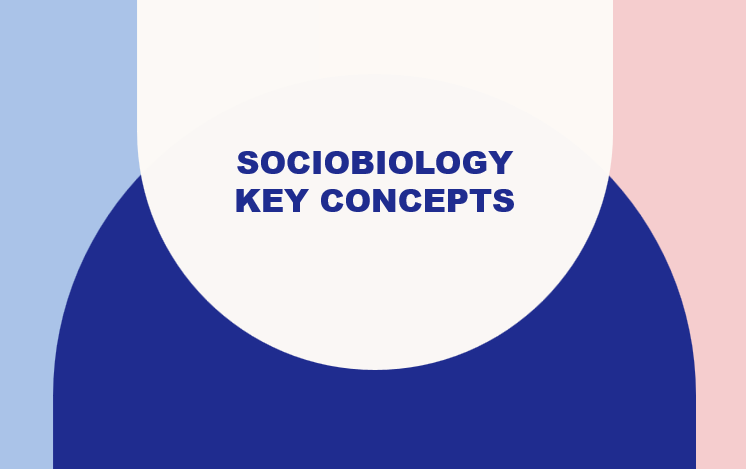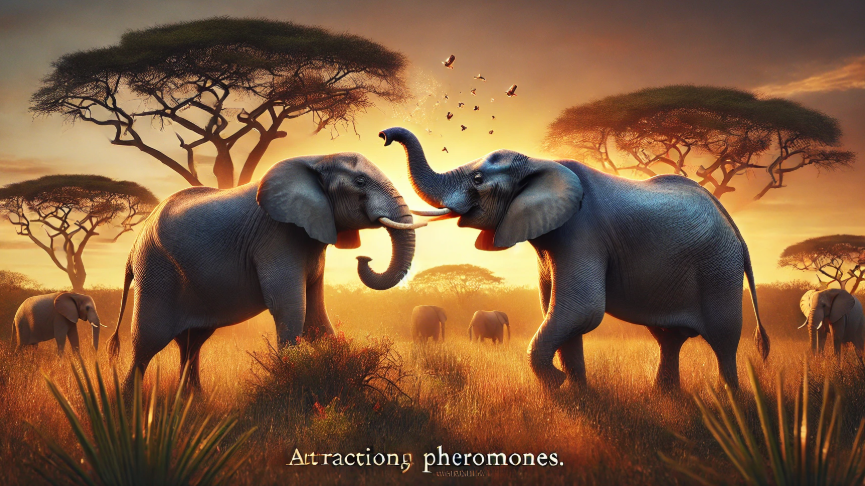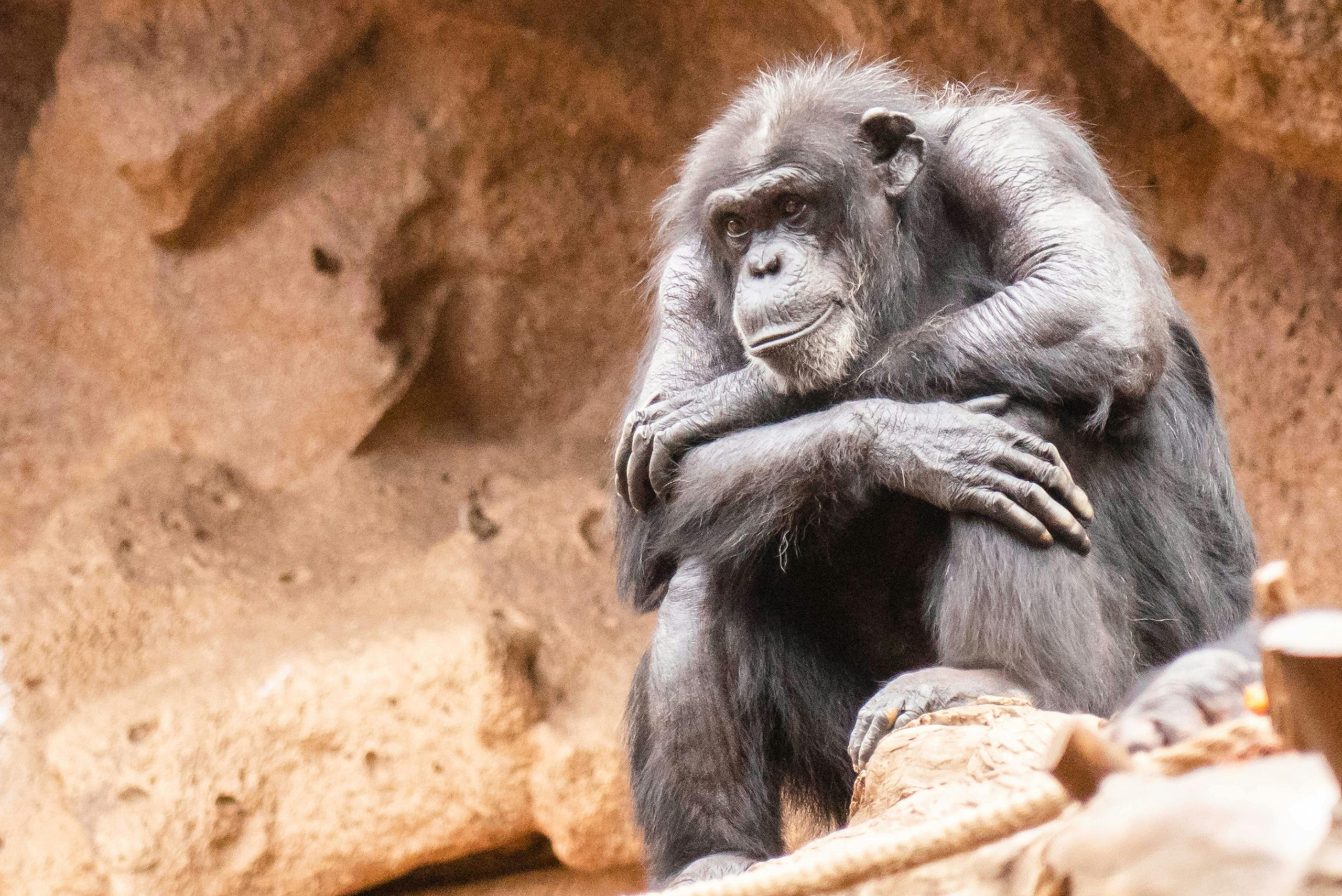Comprehensive Notes on Behavior in Ethology
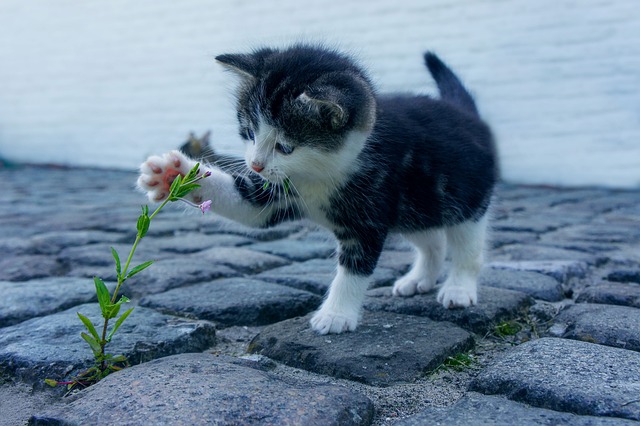
Ethology is the scientific study of animal behavior, focusing on its evolution, mechanisms, and adaptive significance in natural environments. It provides insights into how behaviors are inherited, learned, and modified.
Behavior refers to the observable actions or reactions of an organism, either in response to external stimuli (such as environmental changes) or internal stimuli (such as physiological or emotional states).
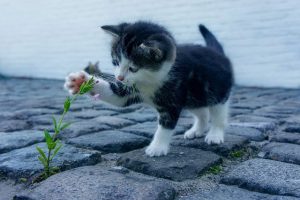
Behavioral patterns in animals are broadly classified into instinctive behaviors, learned behaviors, and complex behaviors, which combine aspects of both. This document provides a comprehensive overview of these categories, their characteristics, mechanisms, and examples.
Key Features of Behavior:
- Observable: It can be seen or measured.
- Triggered by Stimuli: Behavior often occurs in response to specific environmental or internal cues.
- Adaptable: It can change over time due to learning or environmental influences.
- Purposeful: Many behaviors serve a specific function, such as survival, reproduction, or social bonding.
Types of Behavior:
- Innate Behavior: Actions that are genetically hardwired and do not require learning (e.g., reflexes, instincts).
- Learned Behavior: Actions that develop through experience and interaction with the environment (e.g., problem-solving, conditioned responses).
- Complex Behavior: A mix of innate and learned components, often seen in higher animals.
1. Classification of Behavioral Patterns
1.1. Instinctive Behaviors or Fixed Action Patterns (FAP)
Instinctive behaviors are genetically inherited patterns that require no prior experience or learning. Also referred to as Fixed Action Patterns (FAP), innate behaviors, or inborn behaviors, they are pre-programmed responses triggered by specific stimuli.
Characteristics:
-
- Unlearned: These behaviors develop spontaneously and are not influenced by experience.
- Adaptive: They help animals survive by matching their behavior to their environment.
- Species-Specific: Instinctive behaviors are consistent within a species.
Examples:
-
- Web construction by spiders.
- Nest building by birds like weaver and tailor birds.
- Courtship displays and mating rituals.
- Defensive actions, such as a toad inflating its body when threatened.
Philosophical and Scientific Perspectives:
-
- Early philosophers like Thomas Aquinas and Descartes viewed instinct as a divine design enabling animals to adapt.
- Charles Darwin treated instincts as evolved reflexes shaped by natural selection.
- Psychologists like Sigmund Freud and McDougall linked instincts to underlying forces driving human and animal behavior.
Criteria for Instinctive Behavior:
-
- It is unlearned.
- It is adaptive and enhances survival.
- It is species-specific, though some exceptions exist in higher animals where instincts are modified by learning.
Illustrations of Instinctive Behavior:
-
- Defensive posturing in toads against predators like snakes.
- Escape responses in clams when encountering predators like starfish.
- Mammalian behaviors such as kittens instinctively searching for their mother’s nipple.
1.2. Learning Behavior
Learned behaviors are acquired or modified through experience and environmental interaction. These behaviors allow animals to adapt to dynamic environments, enhancing their chances of survival.
Contrast with Innate Behavior:
Innate behaviors depend on genetic programming, while learned behaviors rely on environmental stimuli and prior experiences. For instance, the ability to speak is innate, but the specific language learned depends on the environment.
Characteristics:
-
- Modifiable through experience.
- Enables adaptability in changing environments.
- Depends on the complexity of the animal’s nervous system.
Kinds of Learning Behavior:
1. Habituation
A decrease in response to a repeated, irrelevant stimulus. Birds ignoring scarecrows after prolonged exposure.
2. Imprinting:
Rapid learning occurring during a critical life stage, resulting in long-lasting behavioral changes. Ducklings following their mother shortly after hatching.
3. Conditioned Reflexes (Associative Learning):
Associating a neutral stimulus with a significant one to elicit a response. Pavlov’s dogs salivating at the sound of a bell.
4. Trial-and-Error Learning:
Learning through repeated attempts to solve a problem, with successful outcomes reinforcing the behavior. A cat learning to open a door latch.
5. Latent Learning:
Learning that occurs without immediate reinforcement but is later demonstrated when needed. Rats exploring a maze without reward but later using their knowledge to find food.
6. Insight Learning:
Problem-solving without trial and error, relying on reasoning and understanding. A chimpanzee using a stick to retrieve bananas without prior exposure to the task.
7. Reasoning:
Higher-order thinking involving logical deduction to solve novel problems. Crows solving multi-step puzzles to access food.
1.3. Complex Behavior
Complex behaviors involve a combination of instinctive and learned components, reflecting the interplay of genetic inheritance and environmental influences.
Characteristics:
-
- Common in higher animals.
- Flexible and adaptable.
- Often enhanced through experience and learning.
Examples:
-
- Maternal care in mammals, where instinctive protection is complemented by learned strategies.
- Territorial and social behaviors in wolves, blending inherited responses with learned tactics.
- Tool use in primates and birds, where learning refines innate tendencies.
Mechanisms Underlying Behavioral Patterns
Behavior is shaped by two primary mechanisms:
- Proximate Mechanisms: Immediate physiological processes, such as hormonal or neural triggers.
- Ultimate Mechanisms: Evolutionary factors and survival advantages that drive the development of behaviors.
3. Significance of Behavioral Adaptations
- Instinctive Behaviors: Provide reliable, immediate responses to environmental stimuli, ensuring survival.
- Learned Behaviors: Allow animals to adapt to dynamic environments, improving flexibility and responsiveness.
- Complex Behaviors: Balance innate tendencies with learned adaptations, enabling animals to thrive in diverse and challenging conditions.
Case Studies and Applications
- Language in Humans:
- Language is an example of how innate mechanisms are highly modifiable. While the ability to speak is innate, the specific language learned depends on environmental exposure.
- Predatory Skills in Carnivores:
- Young lions and wolves observe and mimic adults to refine their hunting techniques, blending instinct with learned behavior.
- Escape Mechanisms in Prey Animals:
- Clams and toads exhibit innate defensive behaviors, but higher animals like birds may learn to recognize specific predators over time.
- Maternal Care in Mammals:
- While instincts drive initial care, mothers often learn from experience to improve nurturing strategies.
Hi, I’m Hamid Ali, an MSc in Biotechnology and a passionate Lecturer of Biology with over 11 years of teaching experience. I have dedicated my career to making complex biological concepts accessible and engaging for students and readers alike.
Beyond the classroom, I’m an avid blogger, sharing insights, educational resources, and my love for science to inspire lifelong learning. When I’m not teaching or writing, I enjoy exploring new advancements in biotechnology and contributing to meaningful discussions in the scientific community.
Thank you for visiting my blog! Feel free to connect and explore more of my work.




